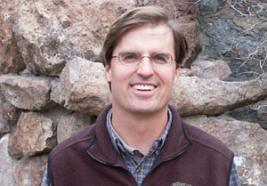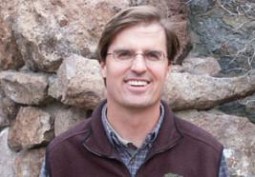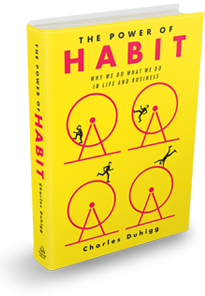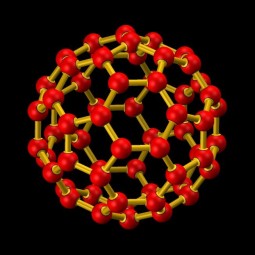
Why Calories Count (start time 7:10). More than a billion people in the world suffer from too few of them. About the same number suffer from too many. We’re talking about calories. They’re vital to human health, indeed our very survival. A new book, called “Why Calories Count: From Science to Politics,” delves into the many dimensions of calories – personal, scientific, and political. How On Earth co-host Susan Moran interviews the book’s co-author, Marion Nestle, a molecular biologist and professor at New York University. Her co-author is Malden Nesheim of Cornell University.
Gold Lab Symposium (start time: 17:24). This Friday, CU Boulder presents the annual Gold Lab Symposium. This year’s theme is “Tempus Fugit.” That means, “Time Flies,” and speakers this year will focus on why scientists and policy makers must remember that real people and real patients need innovations that lead to better healthcare, right now. For a sneak preview of what “better” might mean, up next, How On Earth’s Shelley Schlender talks with Symposium founder, Larry Gold about one of this year’s speakers, Allen Jacobson. Jacobson has a cure for some, not all, but some children who have the deadly disease, muscular dystrophy.
Hosts: Susan Moran and Jim Pullen
Producer: Jim Pullen
Engineer: Jim Pullen
Headline contributions: Breanna Draxler and Joel Parker
Feature contribution: Shelley Schlender
Executive Producer: Joel Parker
Listen to the show:
Podcast: Play in new window | Download (Duration: 25:58 — 23.8MB)
Subscribe: RSS





















 Underwater Volcanoes (start time 5:45). Most of our planet’s volcanoes are out of sight, and largely out of mind. Hidden under sometimes thousands of feet of water, volcanoes on the sea floor bubble and boil away without our knowledge and largely without our understanding. We talk with Oregon State University volcanologist
Underwater Volcanoes (start time 5:45). Most of our planet’s volcanoes are out of sight, and largely out of mind. Hidden under sometimes thousands of feet of water, volcanoes on the sea floor bubble and boil away without our knowledge and largely without our understanding. We talk with Oregon State University volcanologist  Sleep (start time 15:50). As any mother knows, when children get cranky, one of the best solutions is to “go take a nap.” What is less understood is whether or not those naps can be now and then, or whether it’s important to keep them regular. We speak with an expert who has just published a study that looks at the question of napping among preschool children. Her name is
Sleep (start time 15:50). As any mother knows, when children get cranky, one of the best solutions is to “go take a nap.” What is less understood is whether or not those naps can be now and then, or whether it’s important to keep them regular. We speak with an expert who has just published a study that looks at the question of napping among preschool children. Her name is 
